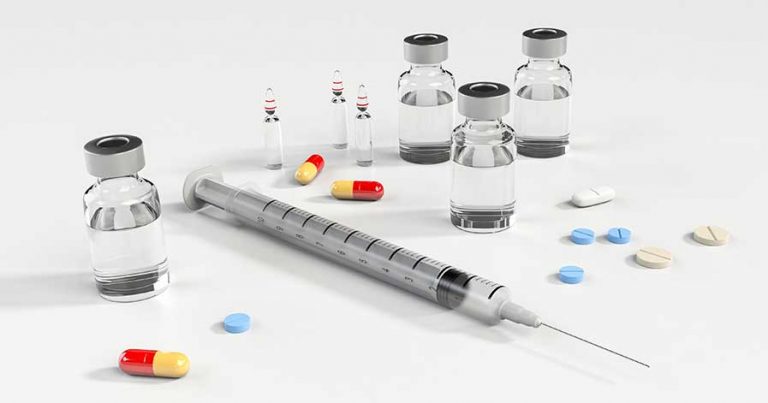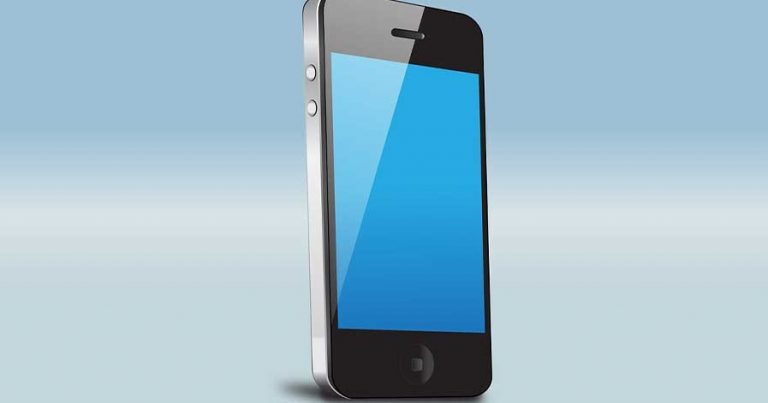Disposing of Biohazardous and Biomedical Waste Properly
What is Medical Waste?
Medical waste is any potentially hazardous or infectious waste material that is generated at hospitals, clinics, or even in your home. If you work in a facility that produces medical waste, you should know how to properly handle medical waste disposal.
In 1988, Congress passed the Medical Waste Tracking Act. This new law addressed how to properly handle and dispose of medical waste across the United States. After a massive amount of medical and household wastes closed about thirty miles of shoreline in 1987, something needed to be done to regulate the way medical waste was disposed of.
Types of Medical Waste
There are several different categories and types of medical waste. Medical waste can be anything from bloody bandages and surgical gloves, to surgical instruments, or organs and body parts removed during surgery. These items all need to be properly handled to prevent the spread of germs and diseases.
Pathological and Anatomical Waste
This type of waste consists of tissue, body parts, or organs that have been removed from the body. Pathological waste is anything that is contaminated with blood or other bodily fluids. Anatomical waste is anything that can be easily identified as human organs or body parts.
Blood and Other Potentially Infectious Material (OPIM)
This type of waste includes anything that is soaked in blood or other bodily fluids that could potentially be infectious. Gauze, bandages, and gloves are just a few examples of items that would fall into this category.
Microbiological Waste
You would typically find microbiological waste at a laboratory or testing facility. This waste may include cultures, microorganisms, or biologicals.
Sharps
Needles, scalpels, and other sharp instruments fall under this category of medical waste. These items must be disposed of properly to ensure they don’t injure someone or spread diseases. A sharps container should be used to dispose of sharp medical waste. Being punctured with an infected tool or object can have serious consequences.
Isolation Wastes (Waste from Highly Communicable Diseases)
Isolation wastes come from patients who are infected with highly communicable diseases. These waste items include anything that comes in contact with the patient. These items must be discarded properly to ensure highly communicable diseases do not spread to other people.
Animal Waste
Animal waste, including body parts and carcasses, must be disposed of as infectious waste. Veterinary offices and clinics also have medical waste they dispose of, including sharps.
Any item that is contaminated poses a threat to others and must be contained and disposed of properly. General medical waste such as paper, plastic, and office waste does not pose a threat to others, so it doesn’t have to be handled in a special manner. This waste can be disposed of regularly.
Medical waste can be dangerous and hazardous no matter which category it falls under. Always make sure you handle medical waste properly and safely.
Medical Waste Removal
All medical waste must be properly disposed of and removed. If not, it can be extremely dangerous and hazardous not only for other people, but also for the environment.
Always be sure you are wearing the proper clothing, gloves, a face mask, and eye glasses when handling potentially hazardous medical waste. Personal protective equipment is provided by most companies where you may encounter contaminated medical waste.
There are companies who specialize in medical waste removal. They are trained on how to properly handle and dispose of medical waste. These companies will remove medical waste in accordance with the local and federal regulations and laws.
Medical waste removal companies have the resources to handle and transport contaminated waste safely. They wear proper personal protective equipment and have specific boxes and containers to put waste into.
Medical Waste Disposal Services
There are three main types of medical waste disposal services. You can have your medical waste removed on-site, by truck service, or disposal by mail.
On-site removal is not common because it requires expensive industrial equipment that most companies don’t have access to or can’t afford. The equipment is also very complex to operate. Local, state, and federal regulations monitor these types of disposals closely.
Having a truck service come and collect your medical waste is an easy and convenient way to dispose of your medical waste safely. Companies who offer these services will pick up and haul your medical waste in special biohazard containers. The truck drivers take the medical waste to a special treatment facility for proper disposal.
Disposal of medical waste by mail is strictly regulated by the postal service system. Some medical waste can be mailed rather than having to have a truck service come pick it up. However, not all medical waste can be shipped, so it’s important to know the rules and regulations on mailing hazardous materials.
There are costs associated with any method you choose, so you can decide which way is easiest for you, but be sure to always properly dispose of medical waste. To make the process easier, you can set up a weekly, monthly, or quarterly automatic medical waste pick up. If you have the service set up to automatically happen, you won’t have to remember to schedule for pick up or send off.

